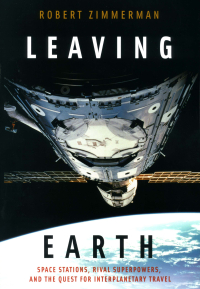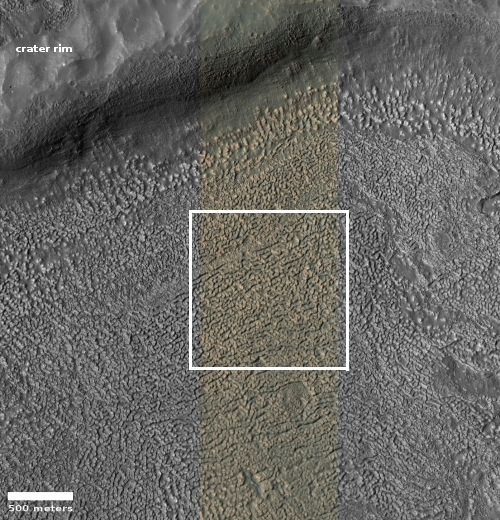TESS completes primary mission
Having now imaged 75% of the entire night sky and completing its primary mission, scientists have now begun the extended mission for the Transiting Exoplanet Survey Satellite (TESS), designed to look for transiting exoplanets.
TESS monitors 24-by-96-degree strips of the sky called sectors for about a month using its four cameras. The mission spent its first year observing 13 sectors comprising the southern sky and then spent another year imaging the northern sky.
Now in its extended mission, TESS has turned around to resume surveying the south. In addition, the TESS team has introduced improvements to the way the satellite collects and processes data. Its cameras now capture a full image every 10 minutes, three times faster than during the primary mission. A new fast mode allows the brightness of thousands of stars to be measured every 20 seconds, along with the previous method of collecting these observations from tens of thousands of stars every two minutes. The faster measurements will allow TESS to better resolve brightness changes caused by stellar oscillations and to capture explosive flares from active stars in greater detail.
These changes will remain in place for the duration of the extended mission, which will be completed in September 2022. After spending a year imaging the southern sky, TESS will take another 15 months to collect additional observations in the north and to survey areas along the ecliptic – the plane of Earth’s orbit around the Sun – that the satellite has not yet imaged.
So far the telescope has spotted more than 2,100 exoplanet candidates, with 66 confirmed.
All told, TESS has divided the sky into 26 sectors, 13 in the north and 13 in the south. It can only look at one at a time for a month, and scientists use that one month data, collected more than once, to see if there are any changes. Because of the gaps in TESS’s view of each sector, however, it is guaranteed to miss some exoplanets (the majority) whose transits occur when it is not looking.
Imagine if we had 25 more of these space telescopes in orbit, so that each sector could be watched continually. This is totally doable now, and would make it possible to soon create a census of transiting exoplanets across the entire sky.
Having now imaged 75% of the entire night sky and completing its primary mission, scientists have now begun the extended mission for the Transiting Exoplanet Survey Satellite (TESS), designed to look for transiting exoplanets.
TESS monitors 24-by-96-degree strips of the sky called sectors for about a month using its four cameras. The mission spent its first year observing 13 sectors comprising the southern sky and then spent another year imaging the northern sky.
Now in its extended mission, TESS has turned around to resume surveying the south. In addition, the TESS team has introduced improvements to the way the satellite collects and processes data. Its cameras now capture a full image every 10 minutes, three times faster than during the primary mission. A new fast mode allows the brightness of thousands of stars to be measured every 20 seconds, along with the previous method of collecting these observations from tens of thousands of stars every two minutes. The faster measurements will allow TESS to better resolve brightness changes caused by stellar oscillations and to capture explosive flares from active stars in greater detail.
These changes will remain in place for the duration of the extended mission, which will be completed in September 2022. After spending a year imaging the southern sky, TESS will take another 15 months to collect additional observations in the north and to survey areas along the ecliptic – the plane of Earth’s orbit around the Sun – that the satellite has not yet imaged.
So far the telescope has spotted more than 2,100 exoplanet candidates, with 66 confirmed.
All told, TESS has divided the sky into 26 sectors, 13 in the north and 13 in the south. It can only look at one at a time for a month, and scientists use that one month data, collected more than once, to see if there are any changes. Because of the gaps in TESS’s view of each sector, however, it is guaranteed to miss some exoplanets (the majority) whose transits occur when it is not looking.
Imagine if we had 25 more of these space telescopes in orbit, so that each sector could be watched continually. This is totally doable now, and would make it possible to soon create a census of transiting exoplanets across the entire sky.








